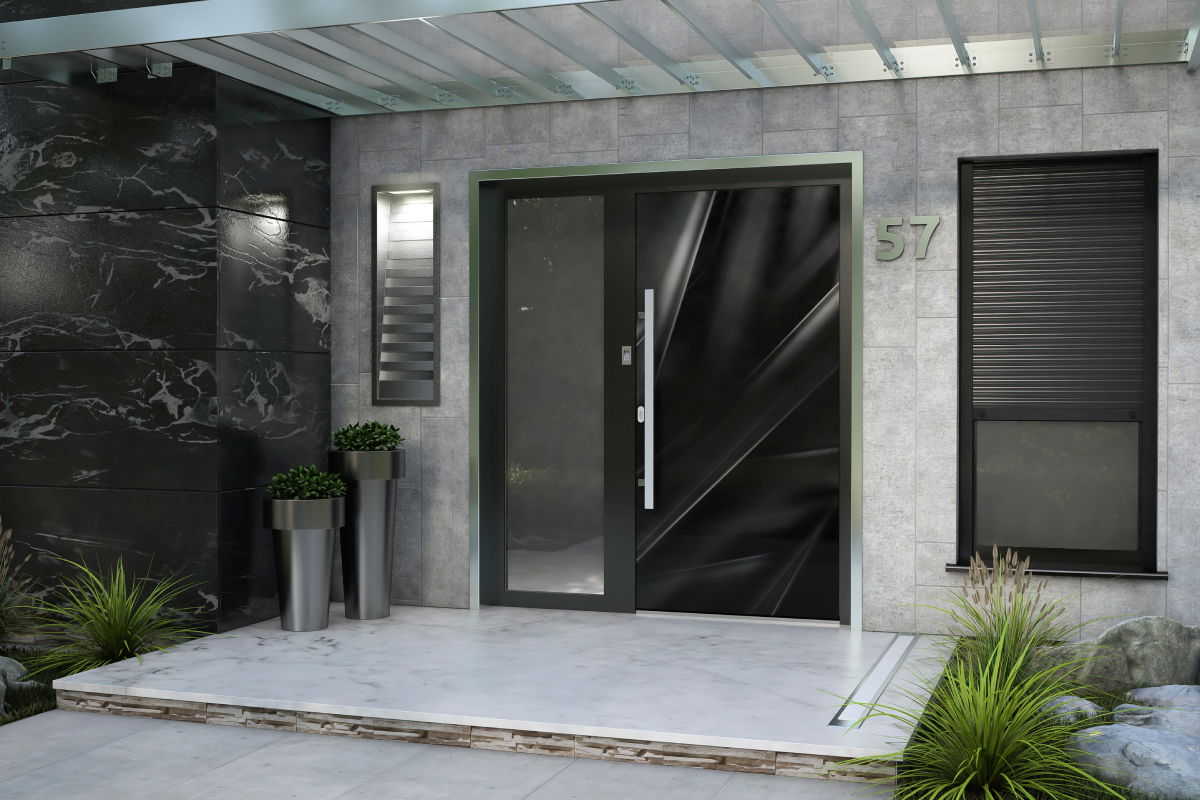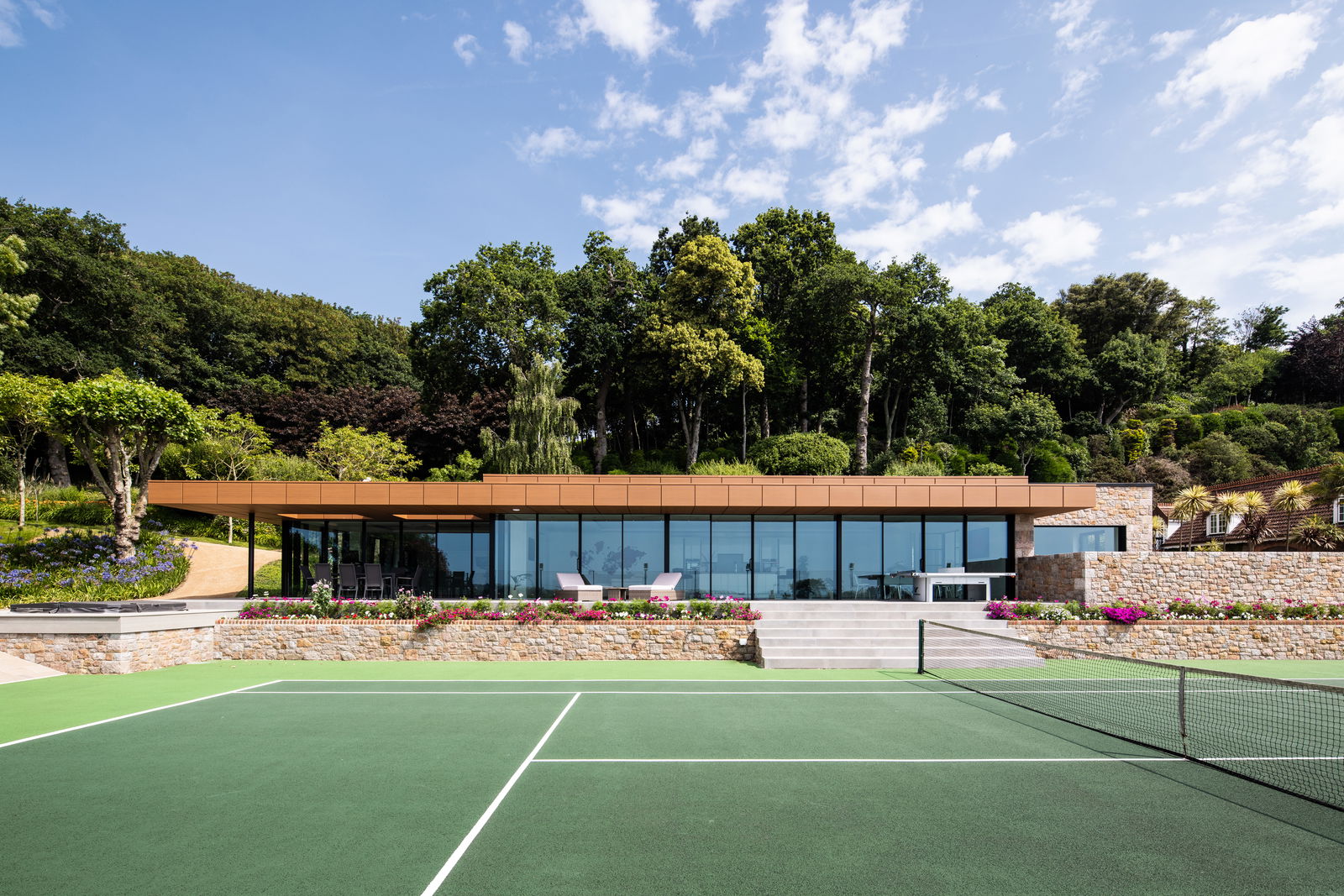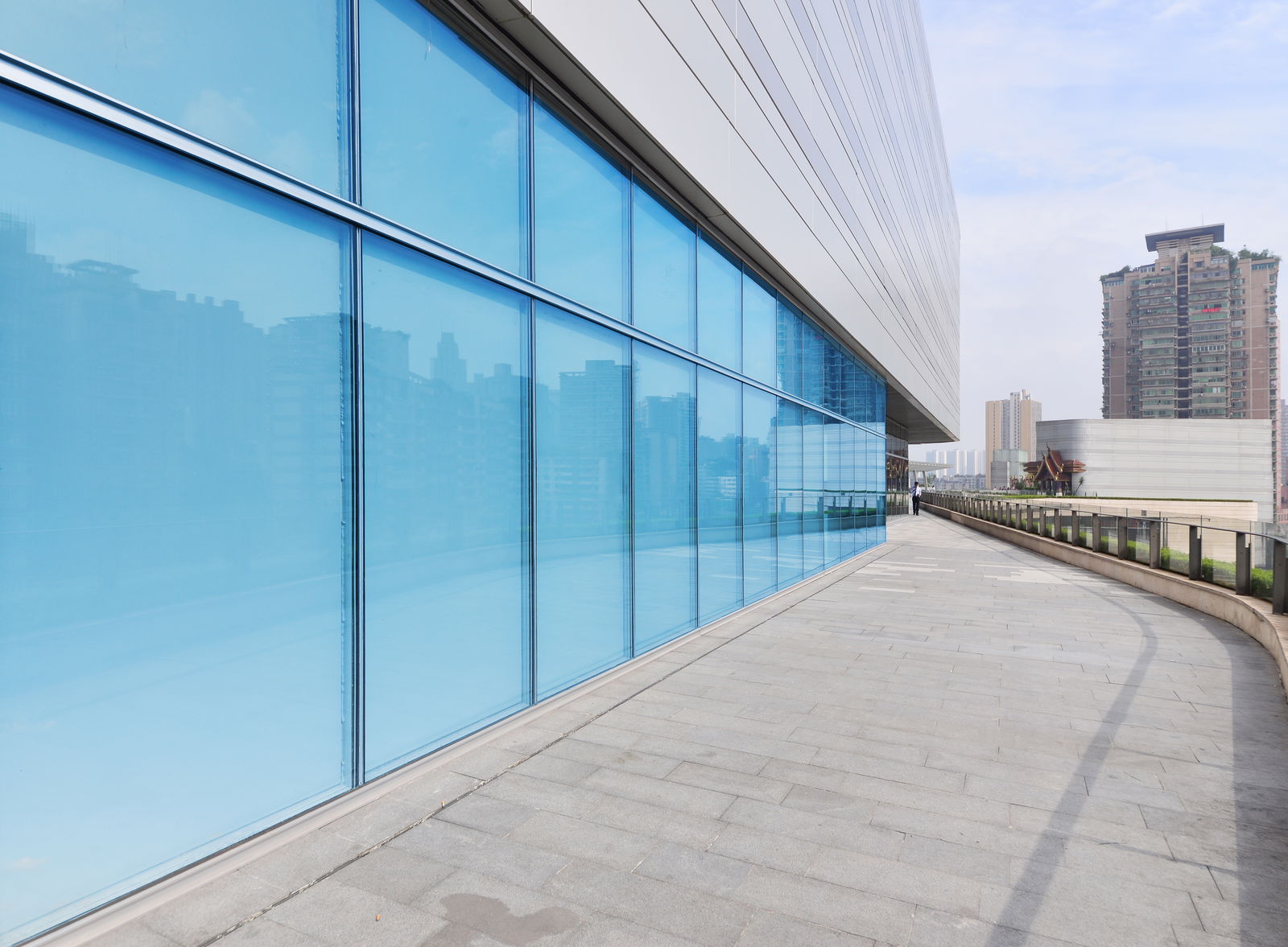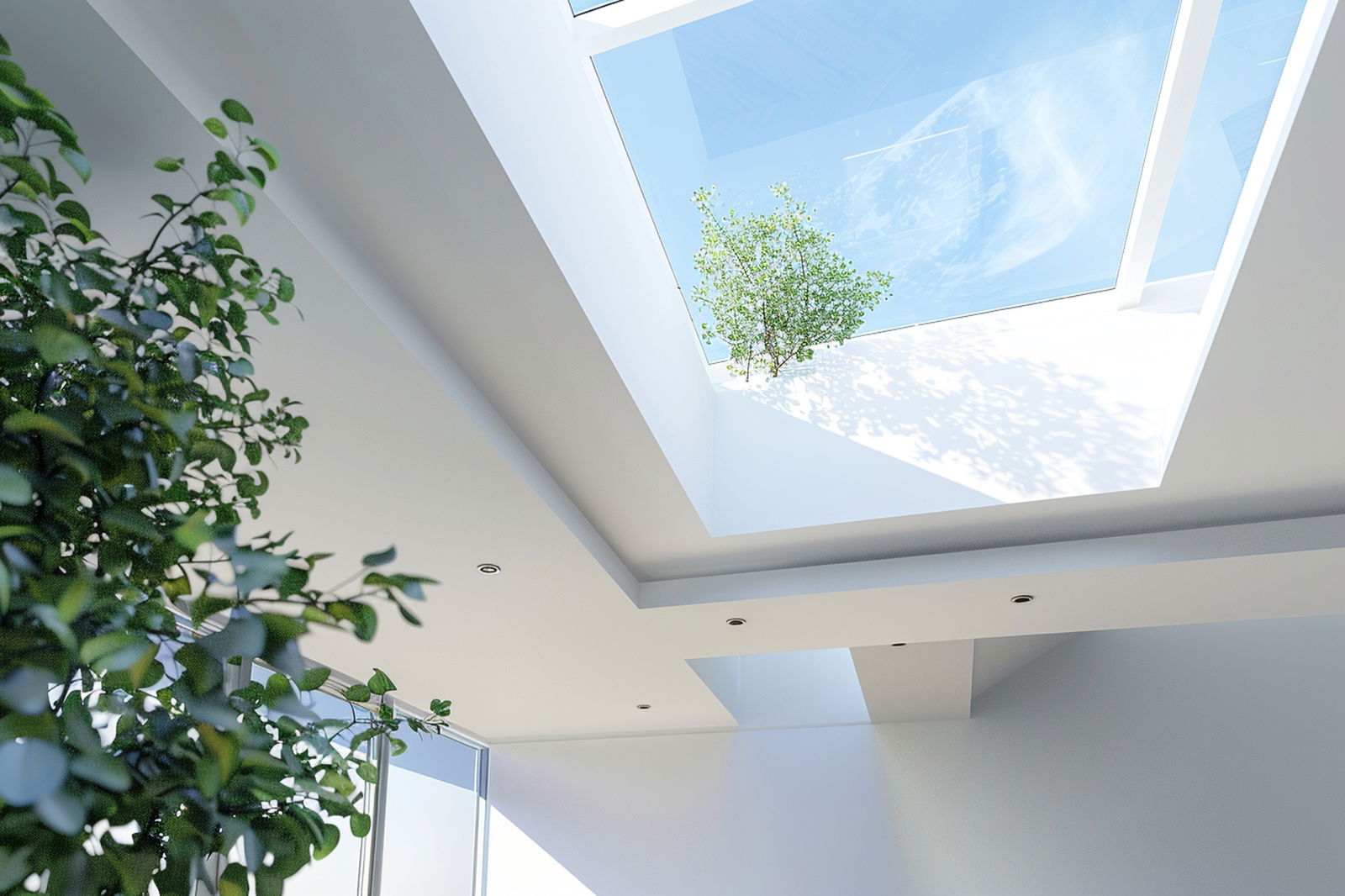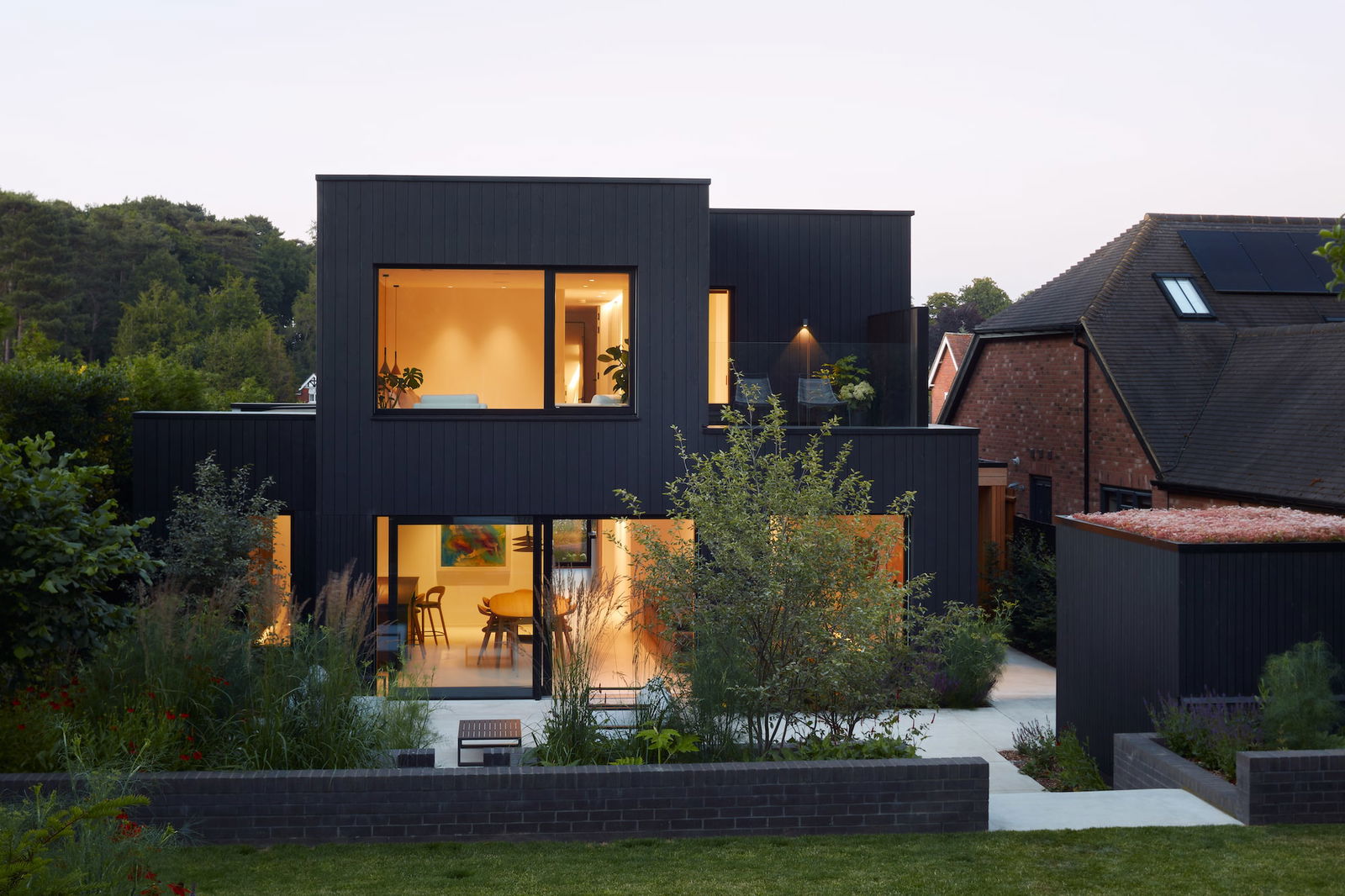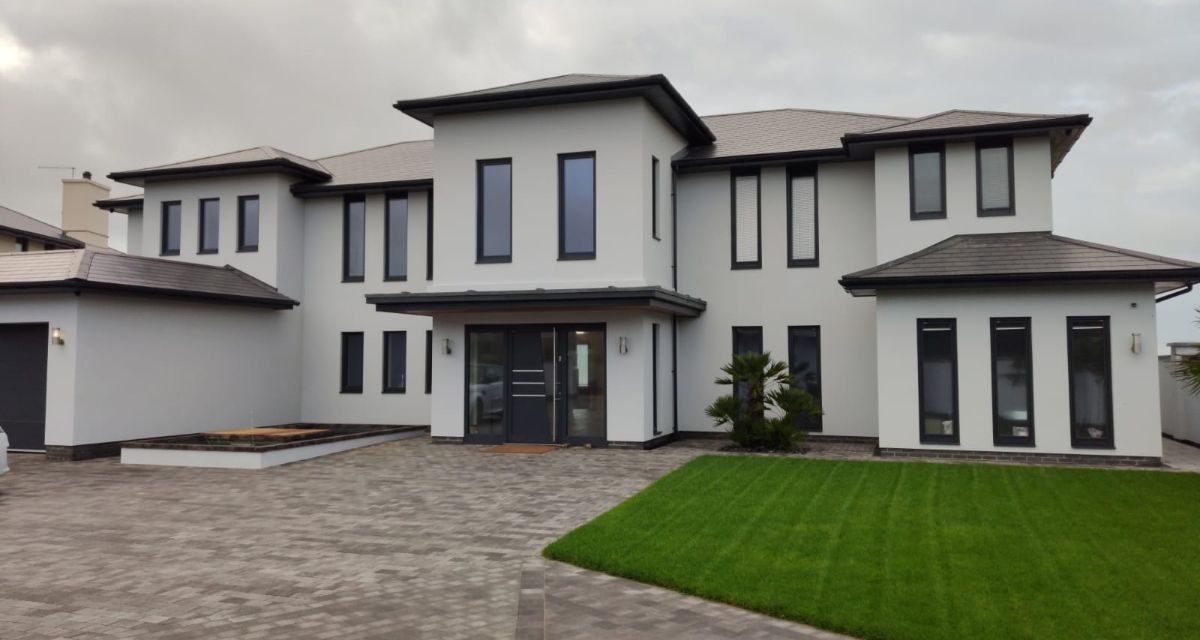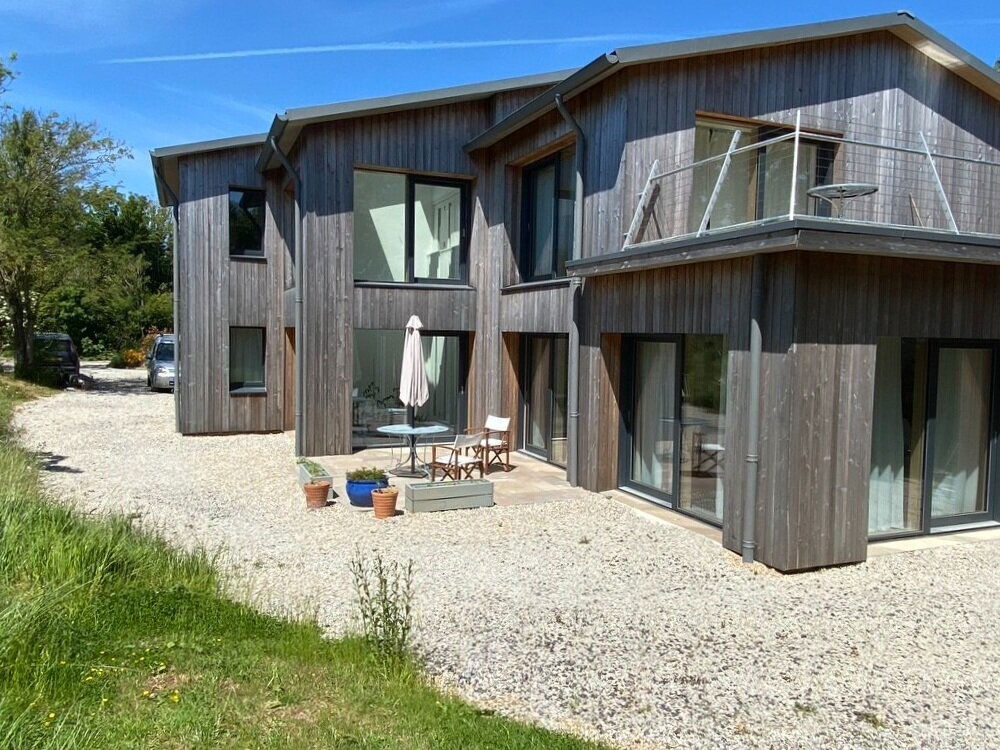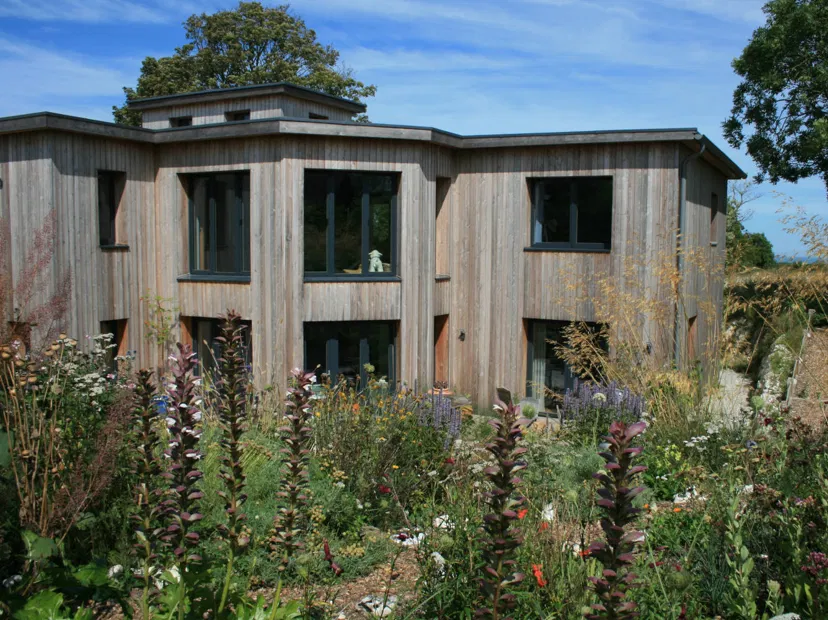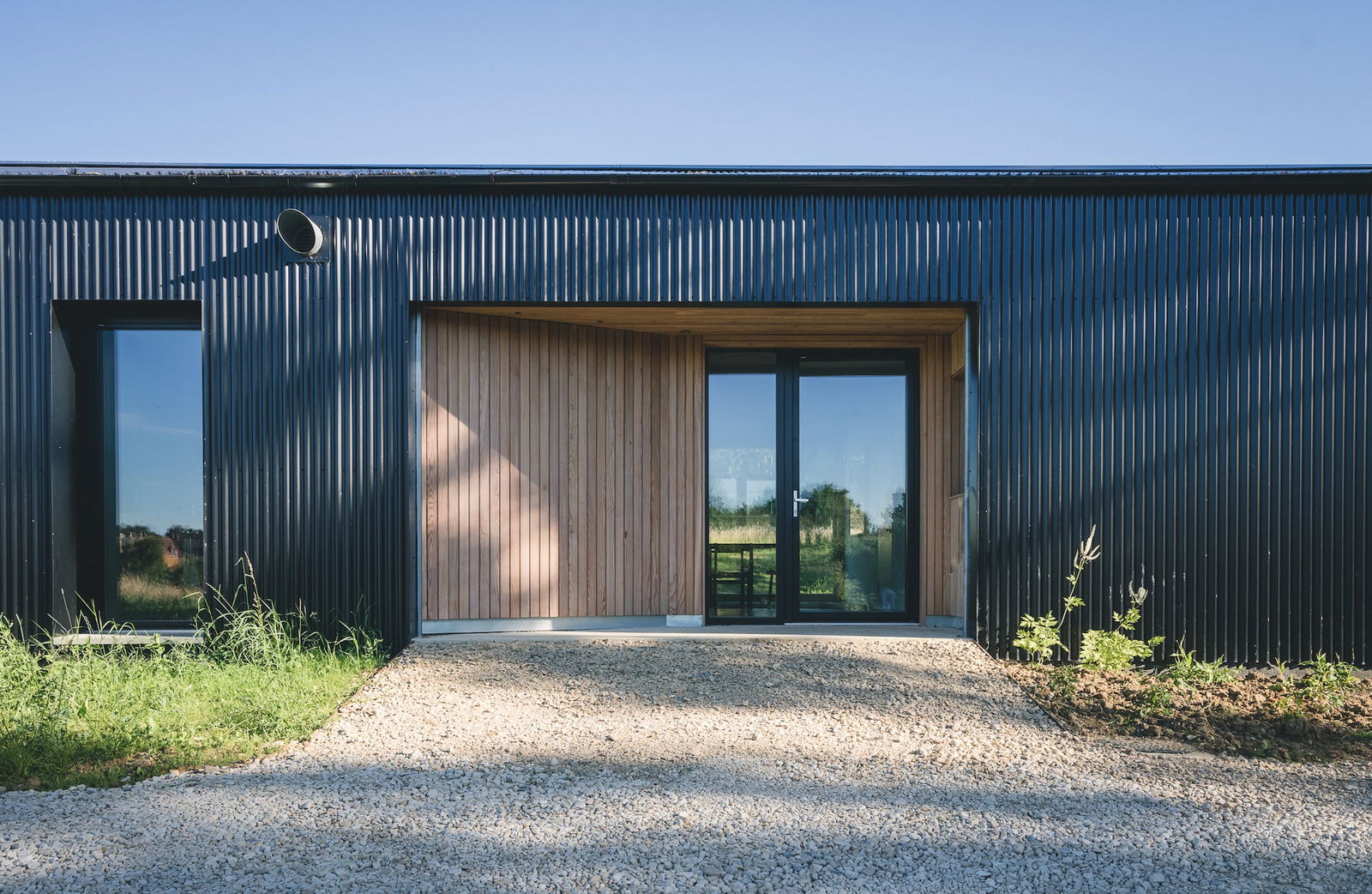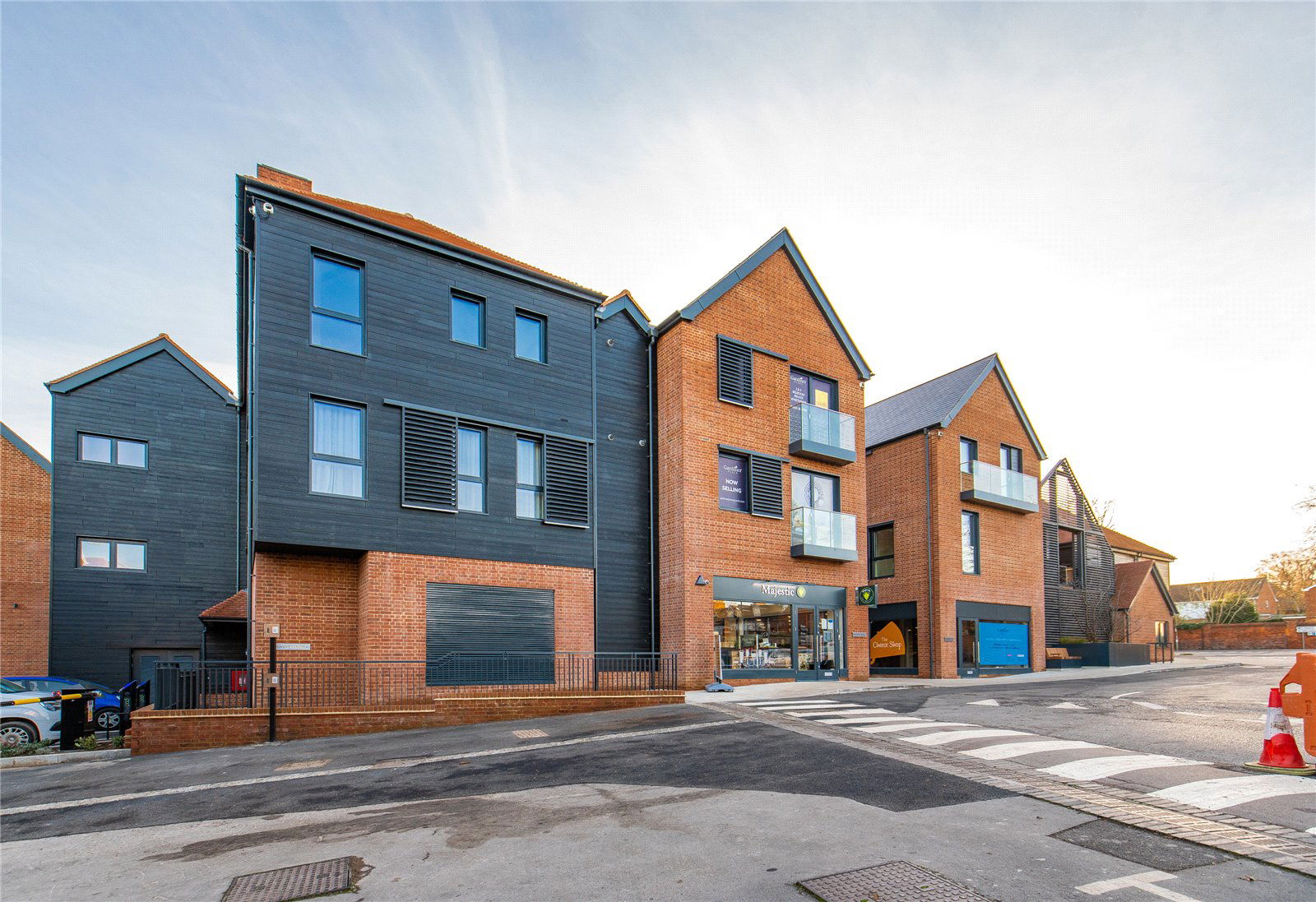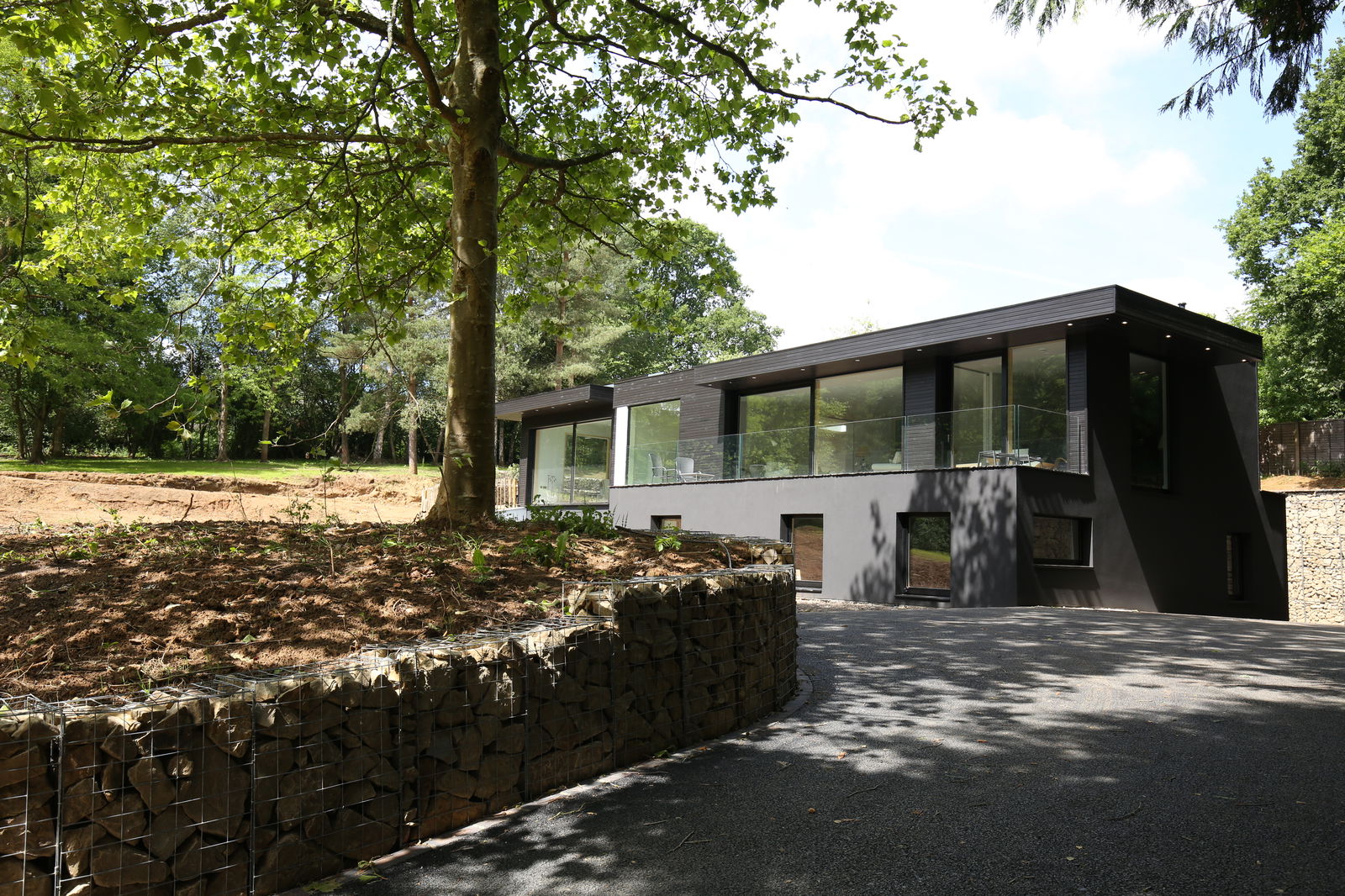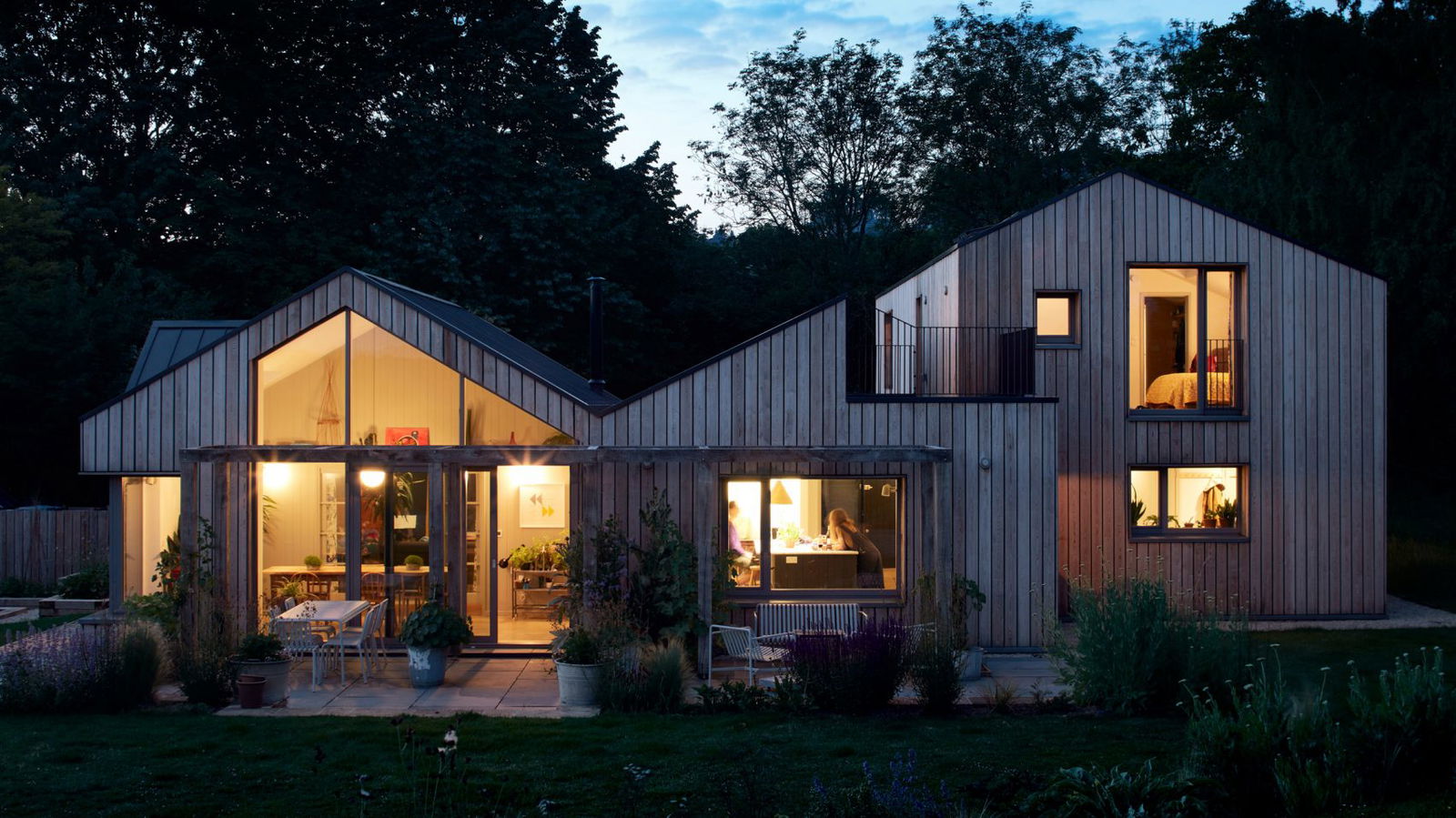Project Management: Scheduling, Budgeting, Quality Control
Learn expert tips for construction project management in 2025: effective scheduling, smart budgeting, and robust quality control. Deliver successful projects on time & budget.

Project Management Tips: Effective Scheduling, Budgeting, and Quality Control for Construction Projects
In the fast-paced world of construction, efficient project management is the backbone of success. Whether you're working on a residential build, a commercial development, or a large-scale infrastructure project, effective scheduling, budgeting, and quality control are critical to delivering successful outcomes.
Why Effective Project Management Matters
For contractors and property developers, project management goes beyond just keeping a site on track. It's about ensuring every aspect of the project meets client expectations, adheres to safety standards, and stays within budget. Here's how you can master it:
Scheduling: Keeping Your Project on Track
- Develop a Detailed Project Timeline: Break down the project into phases (planning, groundwork, construction, finishing), with clear milestones.
- Use Project Management Software: Tools like Microsoft Project, Asana, or Primavera P6 can help manage timelines, assign tasks, and monitor progress.
- Set Clear Deadlines for Suppliers and Subcontractors: Ensure all parties are aware of their responsibilities and delivery dates.
- Risk Assessment and Contingency Planning: Identify potential risks (weather delays, supply chain disruptions) and prepare mitigation strategies.
- Implement Regular Progress Tracking: Use Gantt charts or Kanban boards to visually track progress and spot delays early.
If off-the-shelf tools fall short, some companies opt for custom-built platforms tailored to their workflows. For instance, it’s possible to develop internal systems that manage HR, project phases, and cost tracking — while integrating with tools like QuickBooks and Xero for streamlined accounting.
Budgeting: Managing Costs Without Sacrificing Quality
- Create a Detailed Cost Estimate: Include materials, labour, permits, equipment, and any subcontractor fees.
- Apply Value Engineering Techniques: Assess each design element to see if there are more cost-effective alternatives without sacrificing quality.
- Track Expenses in Real-Time: Use accounting software (QuickBooks, Xero) to monitor spending and avoid cost overruns.
- Negotiate with Suppliers: Bulk purchases or long-term partnerships can secure better rates for materials.
- Set Up a Contingency Fund: Allocate 10-15% of the budget for unexpected expenses.
- Regularly Review Costs: Compare actual spending with your budget plan and make adjustments as needed.
Quality Control: Ensuring High Standards
- Develop a Quality Management Plan: Define quality standards, inspection methods, and roles for quality assurance.
- Hire Skilled and Certified Workers: Quality starts with the right team. Vet subcontractors for experience and certifications.
- Conduct Regular Inspections: Schedule inspections at key stages (foundation, structural, finishing) to identify and resolve issues early.
- Use High-Quality Materials: Do not compromise on materials, especially for structural elements.
- Document Quality Checks: Keep records of inspections, certifications, and approvals for client assurance.
- Continuous Improvement: Regularly review quality control processes to identify areas for enhancement.
Final Thoughts
Effective project management is not just about keeping things on track — it's about ensuring that every aspect of the project meets the highest standards of quality, safety, and client satisfaction. At AT-ECO Windows & Doors, we understand the importance of precision, quality, and cost control in every project. Whether you're planning a residential development, a commercial build, or a renovation, our range of high-performance windows and doors can enhance your project's value and efficiency.
Related Blogs
Working closely with architects, builders, and homeowners, we’ve delivered systems that combine thermal efficiency, modern aesthetics, and long-term durability—across private residences, sustainable developments, and architect-led designs.
Whether you’re building a contemporary home or restoring a rural property, choosing sustainable timber windows and doors makes sense—both for you and the planet.



